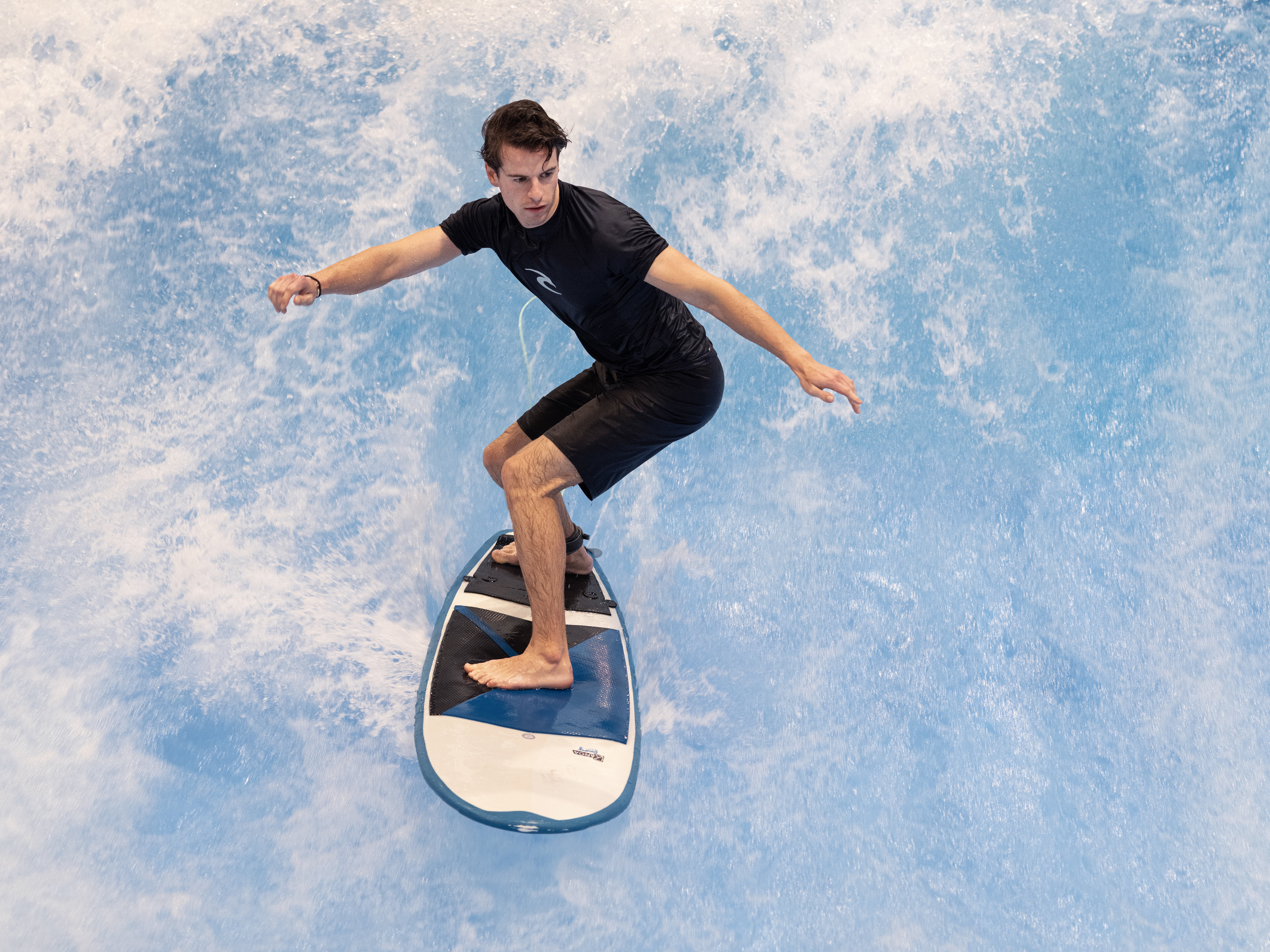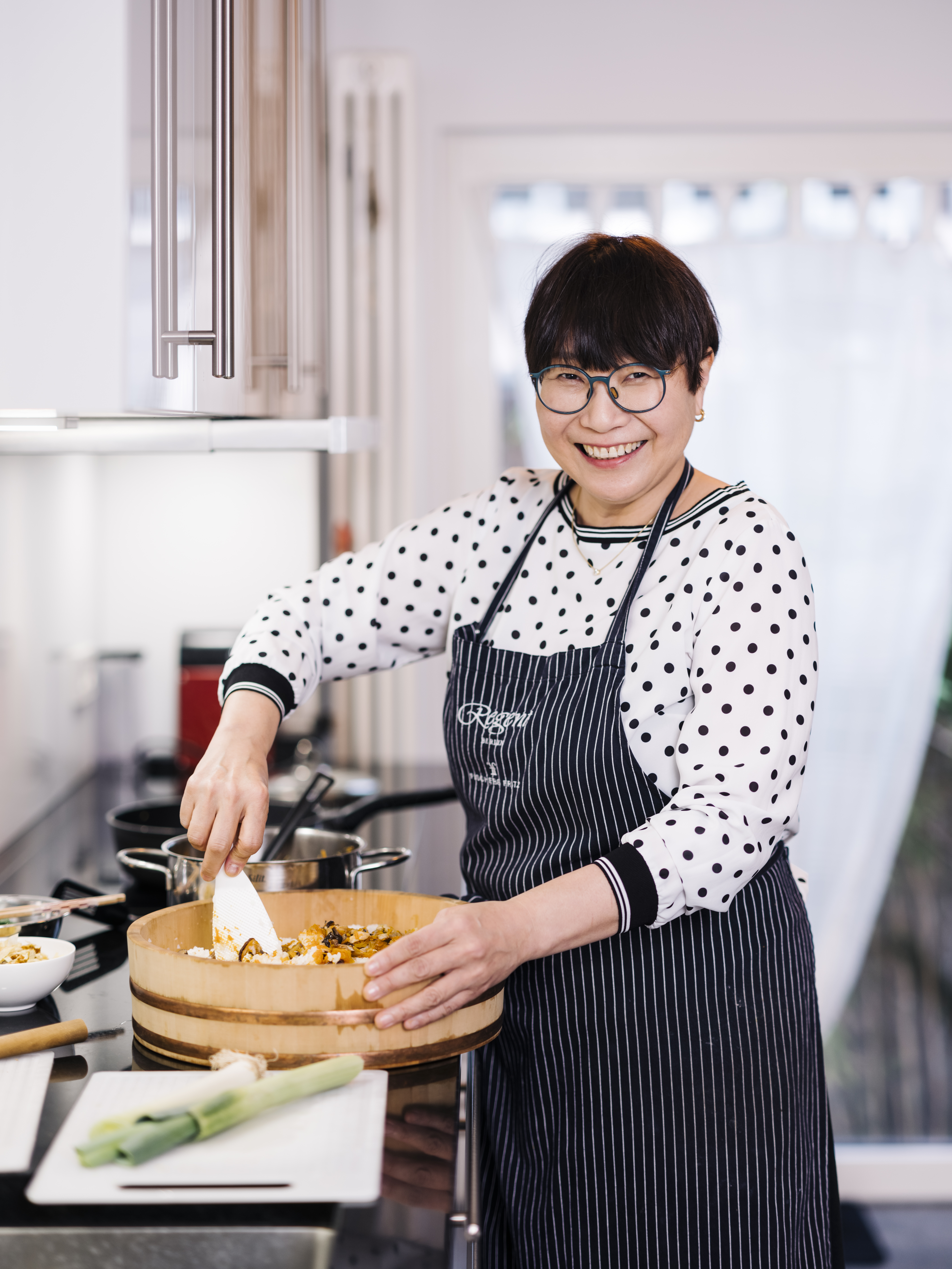- If I were not a musician ...

In this section, we introduce our readers to members of the orchestra and their extra-musical passions. Today it is the turn of the trumpeter Bertold Stecher, who likes to create symphonies of colours.
“I love pictures almost as much as music,” Claude Debussy once declared and was clearly proud to tell a correspondent that “you do me a great honour by calling me a pupil of Monet”. A composer who studies with a painter? It is no secret that in the past music and the visual arts have enriched one another. There have been many composers who over the years have sought inspiration in the world of art. Arguably the most famous example is Mussorgsky’s Pictures at an Exhibition in which the Russian composer described ten paintings and drawings by the artist Viktor Hartmann. In the case of Mussorgsky’s contemporary Franz Liszt, it was Wilhelm von Kaulbach’s fresco The Battle of the Huns that inspired him to write his symphonic poem Die Hunnenschlacht, while Arnold Böcklin’s well-known oil painting The Isle of the Dead encouraged not only Reger and Rachmaninoff but also a number of other composers to write tone poems notable for their sumptuous sonorities.
But how does an orchestral musician come to painting? “Even as a small child I enjoyed painting and drawing,” says Bertold Stecher, who has been playing the trumpet with the Berliner Philharmoniker for the last two years. The thirty-seven-year-old hails from the Vinschgau in the western part of South Tyrol on the border between Switzerland and Austria. “This region has produced many artists,” Stecher explains. There is even a painter called Erich Stecher who was born in Mals in 1960 but who is not related to Bertold. It was with Erich Stecher, however, that Bertold gained work experience in his youth and gleaned his earliest experience of painting. And it was from Erich Stecher that his young namesake acquired his love of rich colours such as red, blue and green. Whenever Bertold Stecher sits down in front of his easel in his small studio in his attic apartment in Charlottenburg, he gives his emotions free rein and creates expressive landscapes and captures moods and impressions on his canvases.
Another painter from the Vinschgau is Jörg Hofer, who was born in Laas in 1953. “He was the first artist to use marble sand from Laas in his work.” Hofer’s highly expressive representations of the world of Tyrolean nature speak powerfully to Bertold Stecher. “He isn’t a landscape painter in the classical sense of the term. He often speaks of the ‘sound of colours’. Only once he has managed to make an image resonate with musical sounds does he regard the result as a success. As a musician I naturally find this very exciting.”
Is there anything that he hasn’t yet trusted himself to try? He would very much like to tackle a portrait one day, Bertold Stecher explains, but so far he has found this too much of a challenge. For now he seeks his inspiration in Berlin’s museums and galleries and is particularly fond of visiting the Art Gallery with its collections of European paintings from the thirteenth to the eighteenth centuries. But he also visits the New National Gallery, which has important works from the classical modern period on display. Bertold Stecher’s eyes light up when he explains how he likes to get as close as possible to a painting in order to be able to study the painter’s technique in detail. “I learn lots of new things each time that I visit a gallery,” he says. “How did a painter manage to produce this impression? Which colour tones has he used?”
Bertold Stecher was ten when he first started to play the trumpet. Would the visual arts ever have been a professional alternative to music? “No,” he replies with a smile. “But I derive a great deal of pleasure from the fact that I can express myself not just through music but also through painting – even if only a little. What more can one ask for?”

Bertold Stecher
Profile of the trumpeter of the Berliner Philharmoniker

Vincent Vogel: If I were not a musician …
Percussionist Vincent Vogel loves catching the waves.

Kotowa Machida: If I were not a musician ...
For violinist Kotowa Machida cooking is pure relaxation.